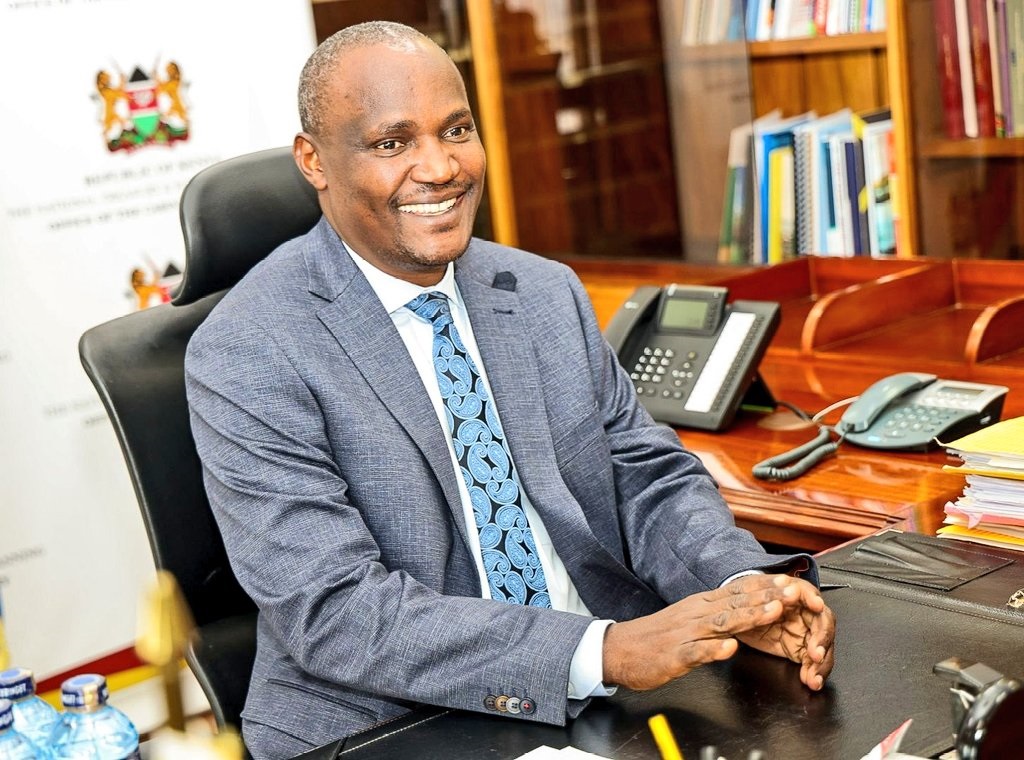- Authorities in Kenya are planning to embrace zero-based budgeting starting 2025/26 financial year.
- The International Monetary Fund (IMF) believes that this kind of budgeting will help developing countries such as Kenya improve efficiency in their spending plan.
- Currently, Kenya is using traditional budgeting, where previous spending levels are typically adjusted.
President William Ruto has announced that Kenya will shift to zero-based budgeting starting in the 2025/26 financial year, marking a departure from the current incremental budgeting system. This change means that each new financial year’s budget will start from scratch, requiring all expenses and revenue lines to be justified afresh, rather than building on the previous year’s allocations.
“I believe that that time has come for us to break new grounds. That is why in the next financial year we will adopt a zero-based budget,” President Ruto said Thursday.
However, this is not the first time Kenya has attempted such a budgeting policy. A similar approach was introduced in the 2018/19 financial year, but it faltered as the budget process progressed. By the time the Supplementary Budget II was introduced in 2018/19, the zero-based framework had largely been abandoned.
Zero-based budgeting
A key challenge in implementing zero-based budgeting will be navigating Article 223 of the Constitution, which allows the government to spend money without prior parliamentary approval under specific circumstances. There are concerns that while the initial budget might adhere to the zero-based approach, the introduction of supplementary budgets could derail the process, as happened in the past.
The success of this budgeting shift will depend on whether the government can maintain discipline and resist the temptation to revert to old practices as the financial year progresses. Budget experts have initially hailed Kenya’s plan to adopt Zero-Based Budgeting (ZBB), saying it will help trim expenditure excesses that overwhelm the country’s budget.
Currently, Kenya is using traditional budgeting, where previous spending levels are typically adjusted. IMF believes that this kind of budgeting will help developing countries improve budget efficiency.
In a white paper published in September, the IMF called on developing nations to adopt the model to tame debt dependency. While it acknowledges that the model is efficient, it says that the tools needed for analysis and monitoring are expensive. It is no wonder that the model has succeeded in developed countries including the US, Canada, and Norway among others.
Kenya’s Budget Making Process
In Kenya, formulation of a financial budget starts months before the actual reading is done in June each year by the Cabinet Secretary of National Treasury. The budget making process is guided by the 2010 Constitution and the Public Finance Management Act of 2012. The first stage starts on August 30, and ends on April 30.
The four major stages are: formulation, approval and allocation, implementation and auditing. Here is a step by step guide on how a budget is formulated:–
Stage 1: Formulation
On August 30th, Treasury issues the budget circular which provides guidelines on the budget process to all national government entities. The circular includes a schedule for the budget preparation including key dates, procedures for the review and projection of revenues and expenditures and procedures for public participation.
Stage 2: Approval and allocation
On September 30th, the Treasury submits the Budget Review and Outlook Paper (Brop) to the Cabinet for approval. Brop shows the fiscal performance in the previous financial year and compares it to the budget appropriation for that year.
Stage 3: Implementation
The Treasury Cabinet Secretary prepares a final draft Budget Policy Statement (BPS) outlining measures to raise revenue and spending priorities which is then presented to the Parliament. The budget estimates are also relayed to the public to allow citizens input.
In January, the Budget and Appropriations Committee of the National Assembly then reviews and discusses the budget estimates. The (BPS) is later sent back to Treasury with recommendations.
The National Assembly has the power to amend the laws and decide if they should pass or not. Once approved by the National Assembly, the Treasury prepares an Appropriation Bill for the approved budget. The implementation is overseen by The Office of Controller of Budget of Kenya. It takes twelve months for the budget to be implemented.
Stage 4: Auditing
The budget is implemented throughout the fiscal year during which the process is monitored by the National Treasury. Quarterly reports are produced to show how the process is proceeding. The last process is auditing which is conducted to ensure proper use of funds. It takes six months before it is concluded.
Read also: Key tax proposals, reforms and controversies on Kenya’s FY2024/25 Budget
